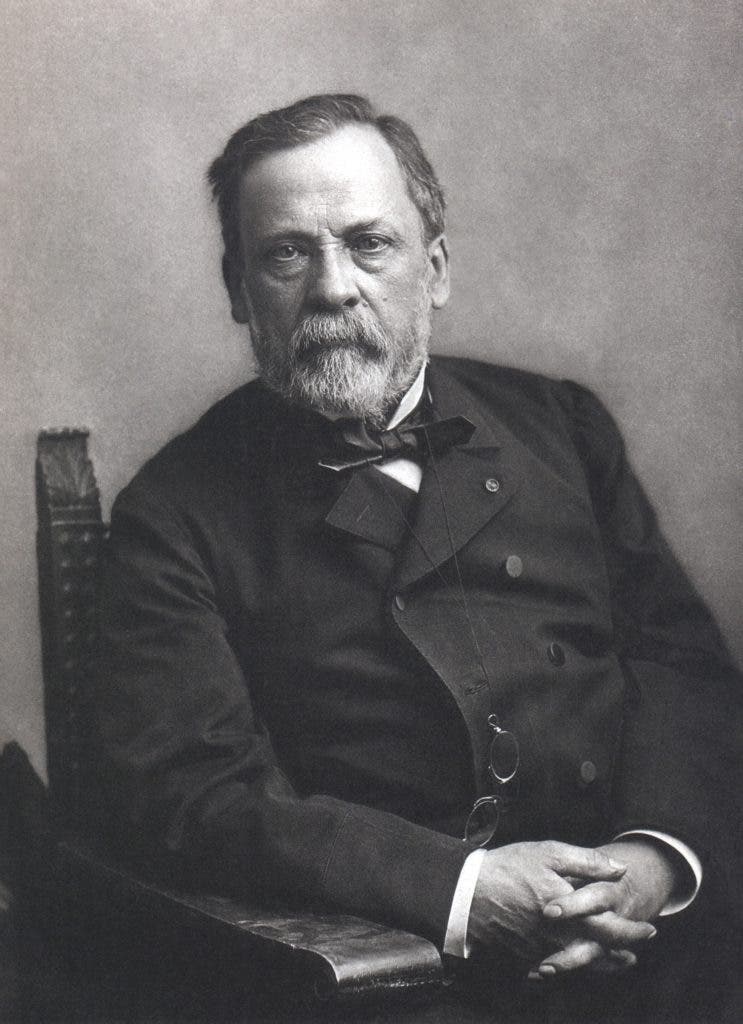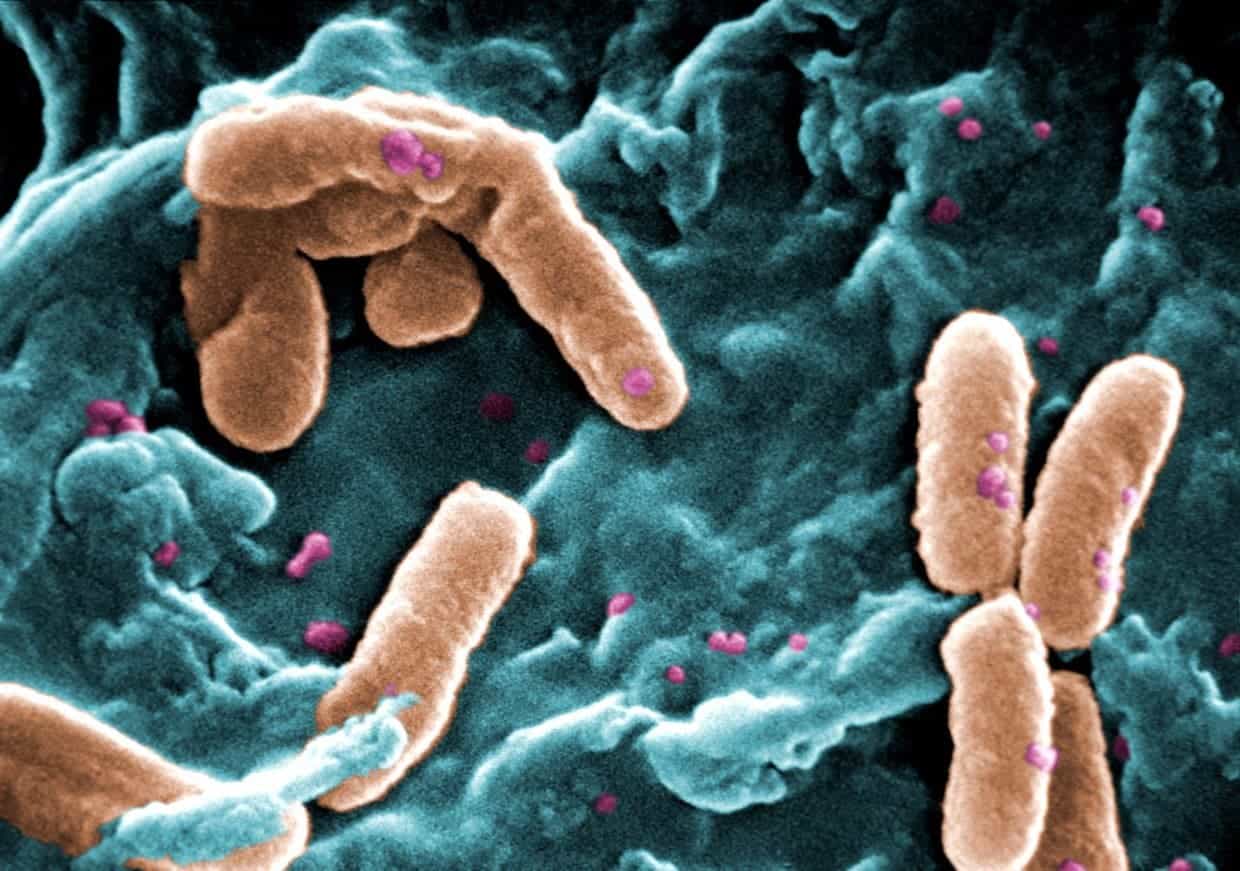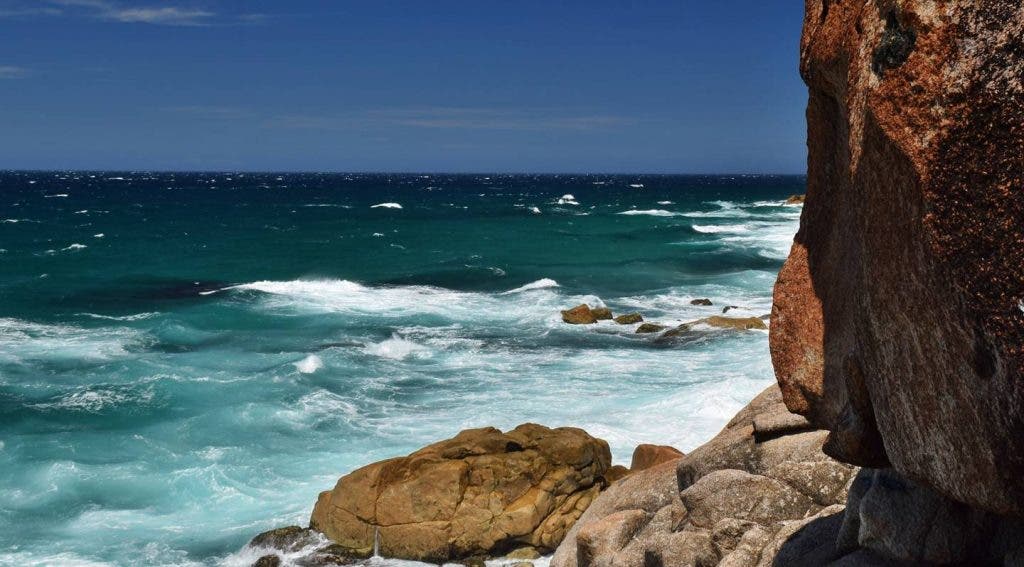
Widely considered one of the most brilliant scientists in history, Louis Pasteur revolutionized the world as we know it. His breakthroughs have saved countless lives and improved the quality of life for people around the world, and his work paved the way for the field of microbiology. We owe him a lot, at the very least knowing the things he did to change the world:
Germ Theory of Diseases
To most, Pasteur is remembered for his studies on pasteurization, a process named after him, but before he could demonstrate pasteurization, he needed an extra tool — the germ theory of diseases. For most of the medieval times, the prevalent theory regarding illnesses was the miasma theory. The miasma theory claims that diseases such as cholera, chlamydia and the plague were caused by a miasma — a noxious bad air.
In the 1800s, people started questioning the theory, and some scientists (like John Snow) started writing essays about their observations regarding the invalidity of miasma theory. However, it was Pasteur that first proved that germs make us sick. He found not only that microorganisms can make us sick, but he also wrote recommendations on how to kill the germs and protect ourselves.
In order to support his theory, he exposed freshly boiled broth to air in vessels that contained a filter to stop all particles from entering. Nothing grew inside the broths, so it was clear that the things that usually grow in such broths come from outside.
Pasteurization
Pasteurization is what Pasteur is chiefly known for today — hey, if they named a word after him, it’s pretty obvious he accomplished something huge. Having previously demonstrated that microorganisms not only cause diseases but also cause foods to ferment and go stale, he realized that by heating beer or wine, he could prevent them from turning sour. This process eliminated pathogenic microbes and lowered microbial numbers to prolong the quality of the beverage.
This is not complete sterilization (which wipes out all the microorganisms) but rather reduces the number of pathogens to the point where it’s very unlikely that the food or drink turns sour. This process is still widely used today, especially for dairy products and beers. So if you like milk or beer, you have Pasteur to thank.

Saving the European Silk Industry
While he was working on germ theory, Pasteur also had another major accomplishment: he found that a serious disease of silkworms, pebrine, was caused by a small microscopic organism now known as Nosema bombycis. The French silk industry was already seriously affected, and the disease was starting to spread to other areas.
Pasteur saved the silk industry in France by developing a method to screen silkworms eggs for those that are not infected — this method is still used today.
Immunology and Vaccination
As the man that finally proved how dangerous germs can be, Pasteur felt responsible to work tirelessly on fighting diseases. After a rather strange series of events which included his assistant going on vacation and not doing the work he was supposed to do, Pasteur realized that he accidentally found a way to develop a vaccine.
The notion of a weak form of a disease causing immunity to the virulent version was not entirely new, but Pasteur wanted to develop this method for things like anthrax and cholera. Unfortunately, historical records now show that he took credit for something that wasn’t his idea — he used the method of rival Jean-Joseph-Henri Toussaint, a Toulouse veterinary surgeon, to create the anthrax vaccine. Toussaint never received credit for his work.
So if you read somewhere that Pasteur developed an anthrax vaccine, there’s another side to the story — it’s one of science’s great injustices. However, he still made other great contributions to immunology and vaccination.
The Pasteur Institute
Pasteur founded an institute to carry on his legacy and continue his research. Today, the Institut Pasteur is one of the world’s leading research centers. It houses 100 research units and close to 2,700 people, including 500 permanent scientists and even more visiting scientists.
Among the achievements of scientists working at the institute is a better understanding of diphtheria, a disease that used to kill thousands of children each year, a tuberculosis vaccine, a typhoid vaccine, and many other important achievements.
These are just some of the events which Louis Pasteur, the brilliant scientist, is revered for today. His life wasn’t always glamorous, and he had his fair share of controversy, but he remains one of the most brilliant scientists ever to have lived.






